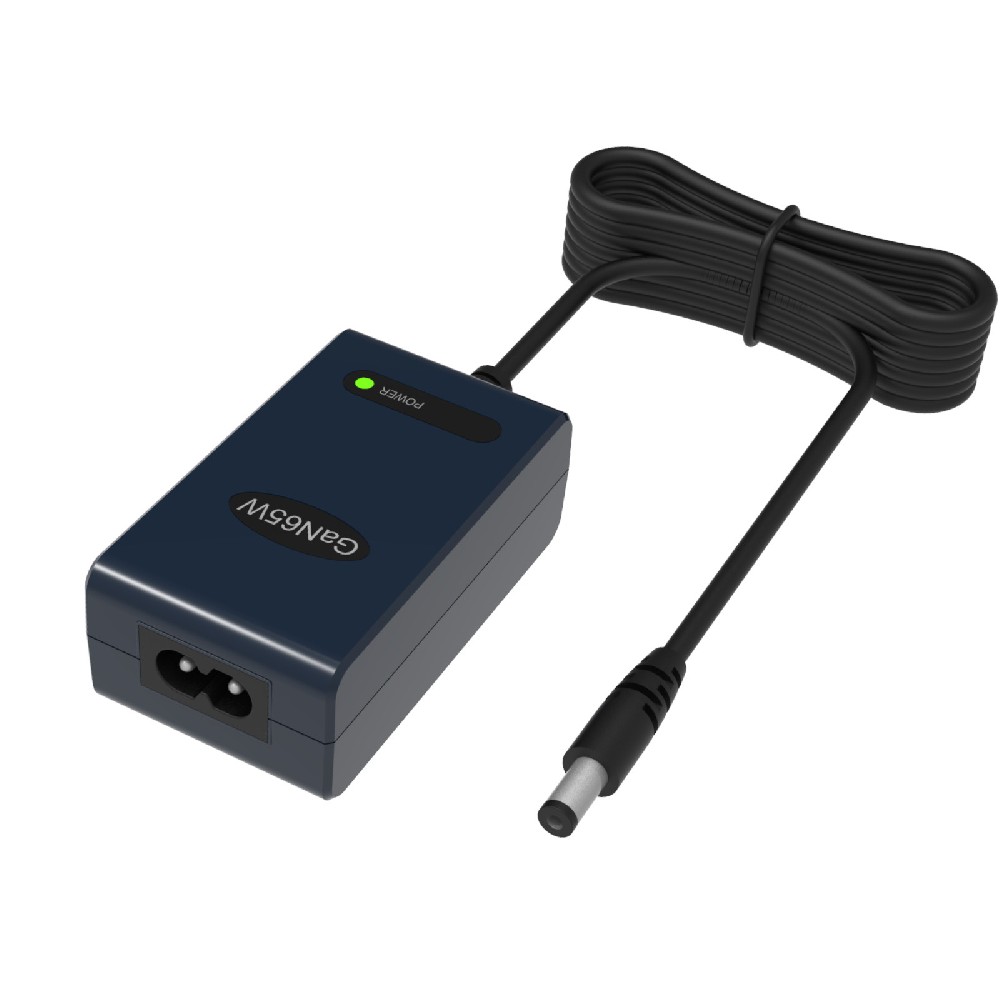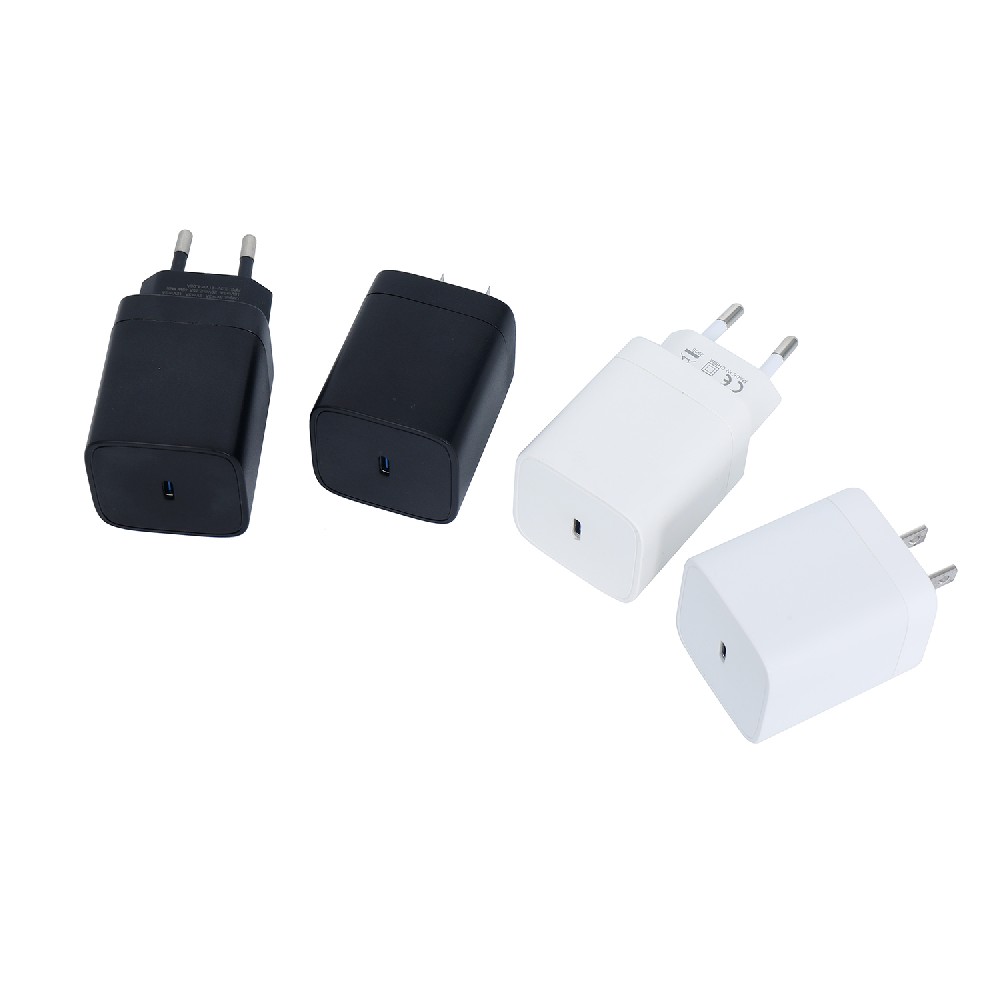Information Center
Unleashing the Power of Battery Charger Circuits: Benefits, Drawbacks, and Best Practices
Published:2023-08-22 00:33:58 Author:Green WCND Views:49A battery charger circuit is an electronic device used for charging batteries. It is mostly used in mobile phones, laptops, and other electronic devices. A charger circuit is designed in such a way that it adjusts the current and voltage level to match the battery capacity. The main objective of the battery charger is to provide the required voltage and current to the battery to recharge it.

The charger circuit comprises of various elements such as transformers, diodes, regulators, and capacitors. Each of these elements plays a vital role in the charging process. For instance, transformers are used to convert the AC voltage to a DC voltage. On the other hand, diodes are used to rectify the voltage and remove the alternating current.

The charger circuit comes in various forms depending on the battery size, type, and capacity. For instance, a lead-acid battery is charged differently from a lithium-ion battery. A charger circuit for a lead-acid battery employs a trickle charging technique, which entails charging the battery at a low current to avoid overcharging. In contrast, a lithium-ion battery charger uses a constant current-constant voltage charging technique. It involves charging the battery at a constant current until it attains a specific voltage level, then maintaining the voltage level until it is fully charged.
The battery charger circuit has several benefits. Firstly, it helps save money by extending the battery’s life. A battery that is not charged correctly will have a shorter lifespan. Secondly, it helps reduce the risk of accidents. When a battery is not charged correctly, it may explode or overheat, which may be dangerous. Thirdly, it saves time. A well-designed battery charger can charge a battery quickly, allowing the device to remain functional for more extended periods.
However, there are also some potential drawbacks to the battery charger circuit. For example, it may overcharge the battery, leading to its deterioration. It may also not charge the battery at all if the circuit is faulty or the battery is damaged. Additionally, some charger circuits may generate heat when charging, which may be hazardous.
In conclusion, the battery charger circuit is a vital component in charging batteries to keep electronic devices functional. It is designed to regulate the voltage and current to match the battery capacity. The circuit comes in different forms and designs, which are specific to the battery type and size. Despite the potential drawbacks, the benefits of using a battery charger circuit are numerous, including saving money, reducing the risk of accidents, and saving time. It is essential to use the charger circuit correctly to optimize its performance and avoid potential hazards.
The battery pack is the heart of a golf cart, silently powering every acceleration and climb on the green. However, battery degradation often goes unnoticed, mu···
The battery pack is the heart of a golf cart’s power system, yet maintaining it has long been a challenge for technicians. Traditional troubleshooting methods—···
For golf course managers, ensuring smooth and efficient operations is crucial for providing a memorable experience for golfers and maintaining the reputation of···
A battery tester ensures golf course cart batteries operate efficiently and reduces downtime through the following ways:I. Precise Battery Condition DiagnosisOp···





